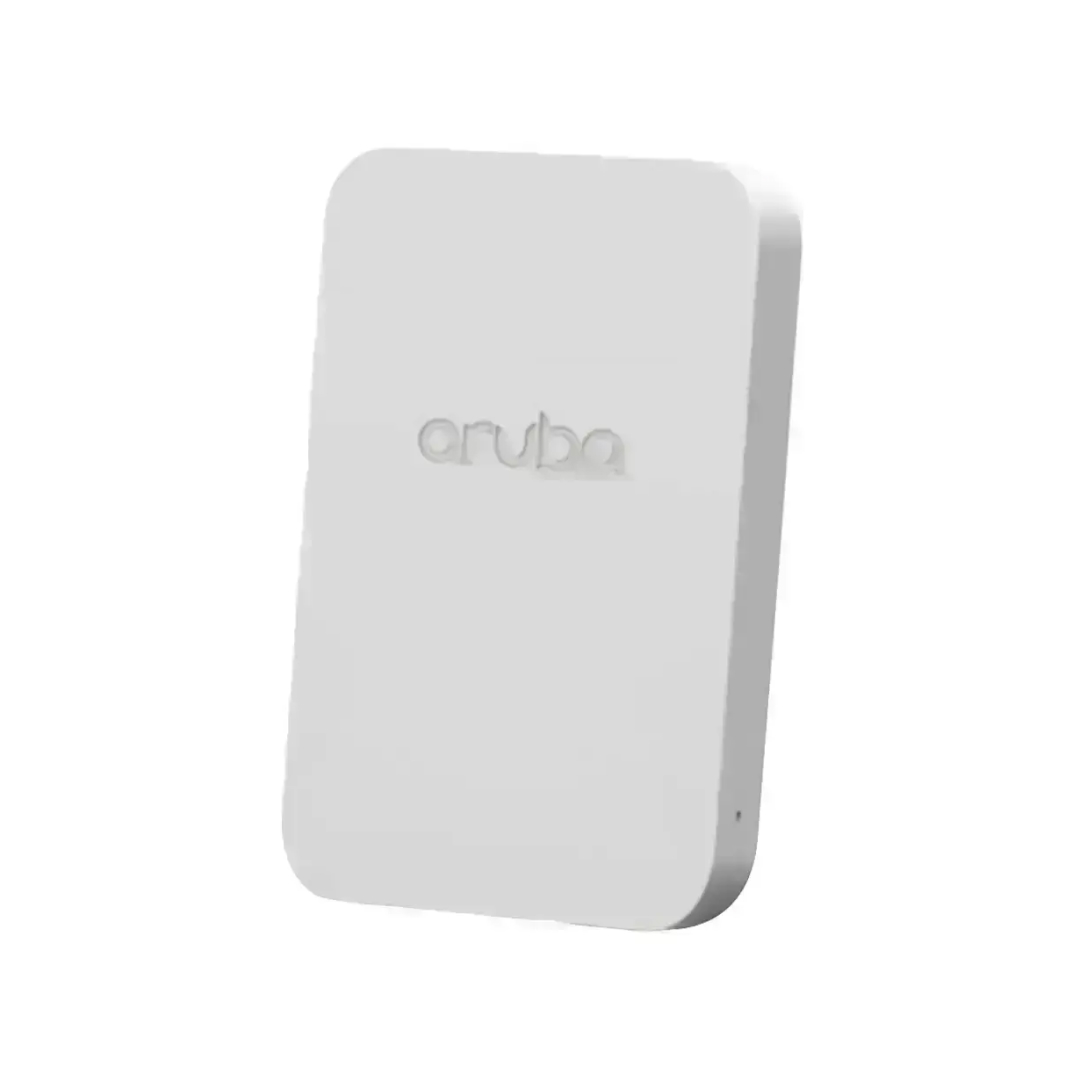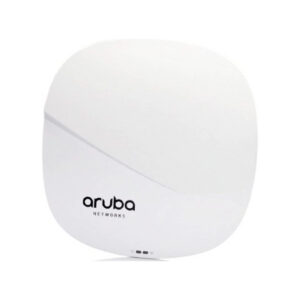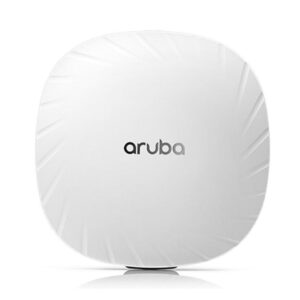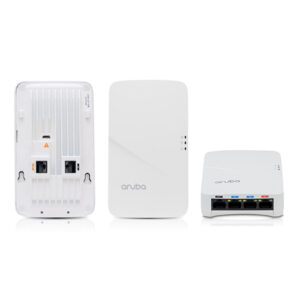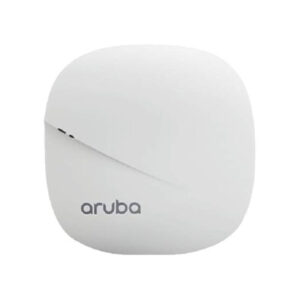Level up your business with Stack Link
Aruba 203H Access Point
General Specifications
- Model: Aruba 203H
- Form Factor: Compact and wall-mountable
- Deployment Options: Wall, desktop, or remote installation
Aruba 203H Access Point
General Specifications
- Model: Aruba 203H
- Form Factor: Compact and wall-mountable
- Deployment Options: Wall, desktop, or remote installation
Product Details
The Aruba 203H Access Point is a compact, high-performance wireless solution designed for modern business environments. It is ideal for small to medium-sized businesses, branch offices, and hospitality setups, delivering reliable, high-speed connectivity with minimal deployment effort. With dual-band support, advanced security features, and IoT compatibility, the 203H ensures a seamless user experience while catering to the needs of today’s smart devices. Its versatile design allows for wall, desktop, or remote installation, making it a flexible choice for diverse applications.
| Category | Specification |
|---|---|
| Model | Aruba 203H |
| Form Factor | Compact and wall-mountable |
| Deployment Options | Wall, desktop, or remote installation |
| Wireless Standards | IEEE 802.11a/b/g/n/ac Wave 2 |
| Frequency Bands | Dual-band 2.4 GHz and 5 GHz |
| Maximum Throughput | Up to 867 Mbps on 5 GHz and 300 Mbps on 2.4 GHz |
| MIMO Technology | 2×2:2 MU-MIMO |
| Channel Bandwidth | 20, 40, 80 MHz |
| Transmit Power | Configurable for high-density environments |
| Antenna | Integrated omnidirectional antennas |
| Ethernet Ports | 1 x Gigabit Ethernet uplink port, 2 x Local Ethernet ports (10/100/1000 Mbps) |
| PoE Support | IEEE 802.3af/at for power and data over a single cable |
| Authentication | WPA2/WPA3, 802.1X, and MAC-based authentication |
| Encryption | Advanced Encryption Standard (AES) |
| Access Control | Role-based access control |
| Firewall | Integrated Layer 4-7 firewall |
| Management Options | Aruba Central (Cloud-based), On-premises via Mobility Controller |
| Monitoring | Real-time performance and usage tracking |
| IoT Support | Built-in BLE (Bluetooth Low Energy) and Zigbee radios |
| Guest Wi-Fi | Customizable onboarding portals |
| Quality of Service | Prioritizes voice, video, and critical applications |
| Operating Temperature | 0°C to 40°C (32°F to 104°F) |
| Operating Humidity | 5% to 95% non-condensing |
| Dimensions | 86 mm x 150 mm x 37 mm (3.38 in x 5.91 in x 1.46 in) |
| Weight | 300 grams (0.66 lbs) |
| Mounting Options | Includes mounting bracket for wall or desktop |
| Certifications | FCC, CE, IC, UL, RoHS |
| Safety Standards | Meets global safety and regulatory compliance |
| Power Input | 48V DC (via PoE) |
| Power Consumption | Maximum 10.1W |

